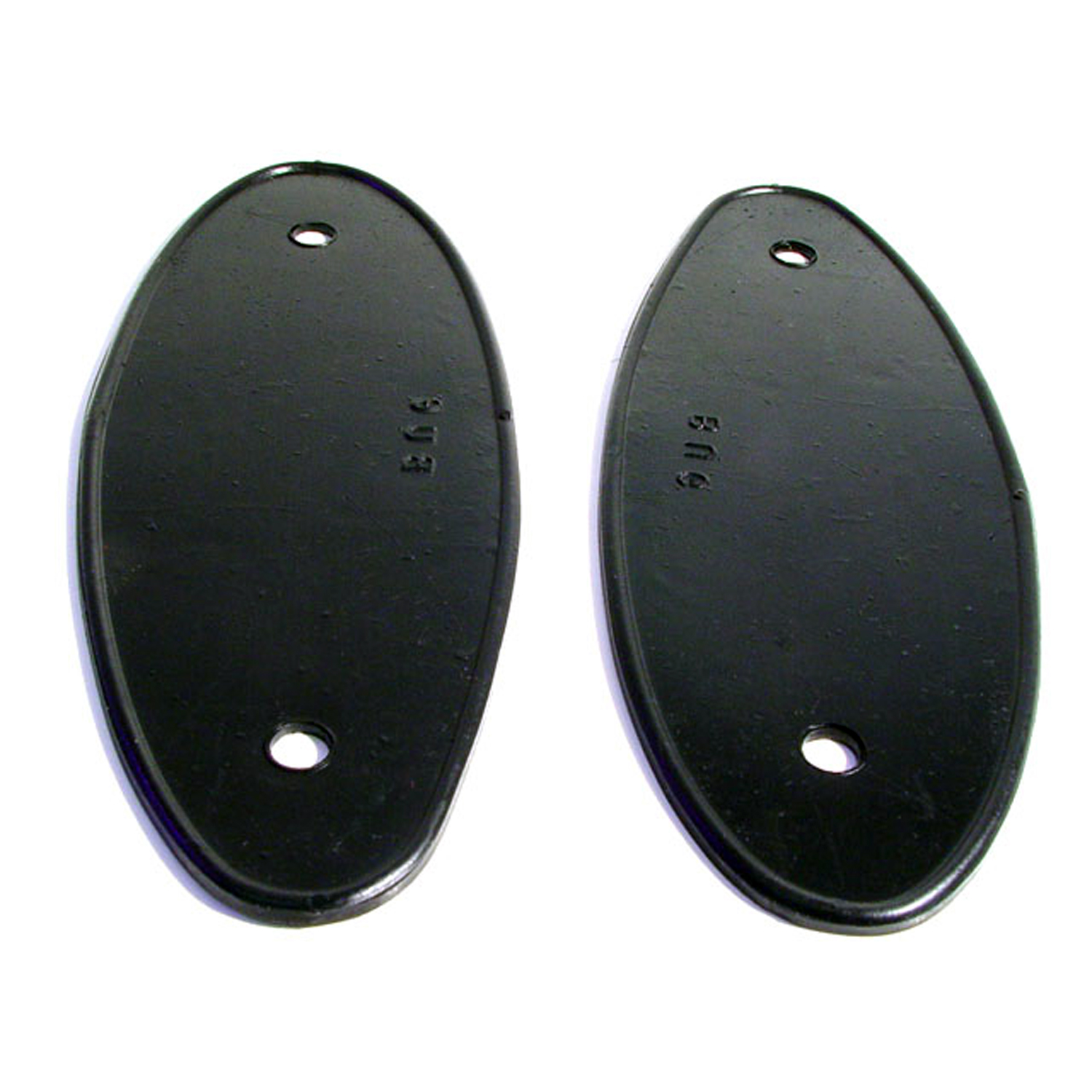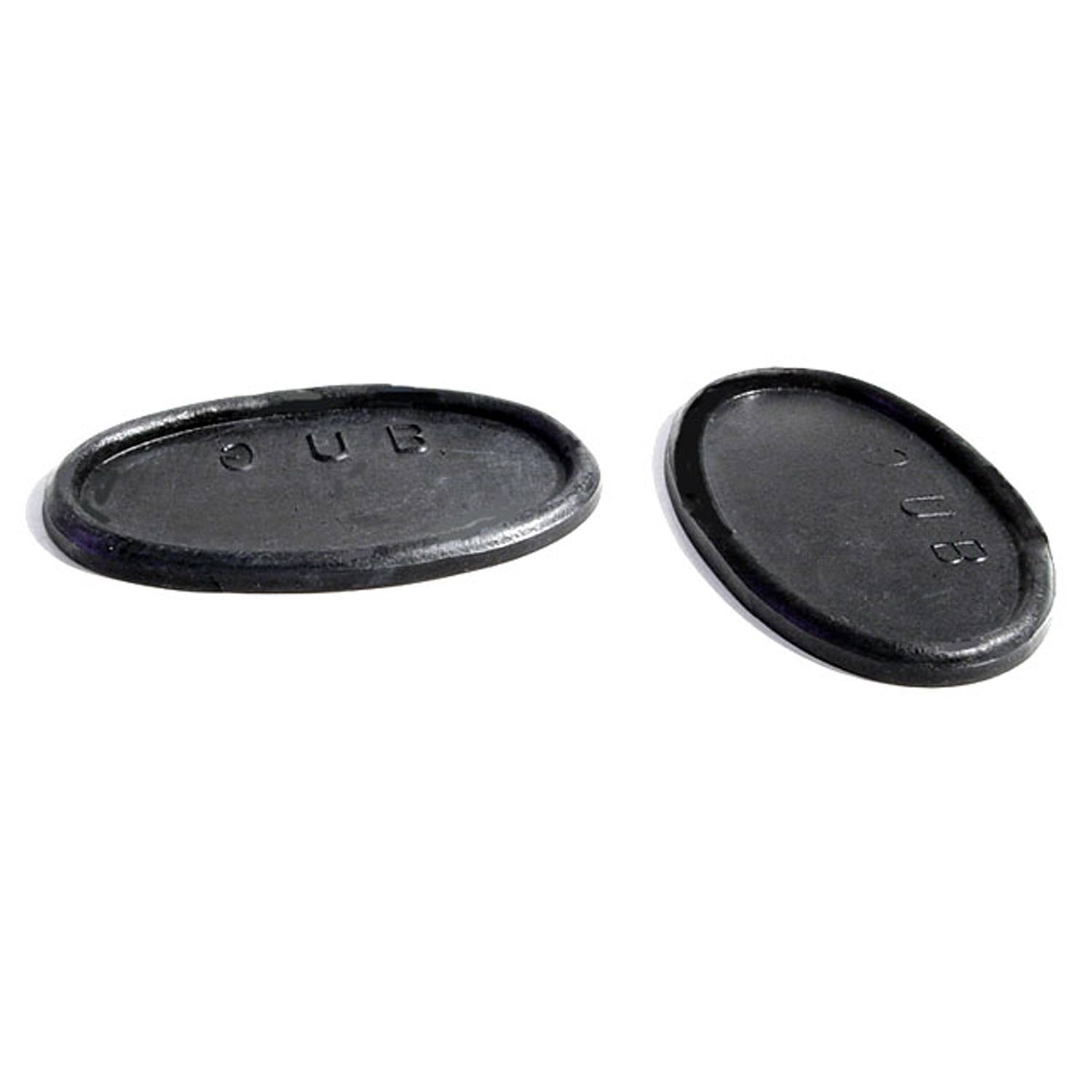Image of 1938 Bugatti Type 57, Note: These illustrations use artistic license and may differ from actual historical models.
Performance Metrics
Fundamental Metrics
Emotional Appeal
MMP Rating
| Engine Specifications | |
|---|---|
| Engine: | Straight-8 |
| Displacement: | 3.3 L (3257 cc/198 in³) |
| Horsepower: | 135-140 hp |
| Torque: | Not available |
| Compression Ratio: | Not available |
| Ignition System: | Coil ignition |
| Cooling System: | Water-cooled |
| Performance Specifications | |
| 0-60 Time: | Not available |
| 1/4 Mile Time: | Not available |
| Top Speed: | 95 mph (153 km/h) |
| Transmission and Drive | |
| Drive Type: | Rear-wheel drive |
| Transmission Type: | 4-speed manual |
| Fuel and Efficiency | |
| Fuel System Type: | Carburetor |
| MPG: | Not available |
| Dimensions and Brakes | |
| Brakes: | 4-wheel drum brakes |
| Wheelbase: | 130 in (3,302 mm) |
| Weight: | 2,200 lb (1,000 kg) |
Note: Specifications for classic cars are given to the best of our ability, considering the limited and variant data available.
1938 Bugatti Type 57: A Symphony of Speed and Elegance
The 1938 Bugatti Type 57 is not merely a car; it is a rolling masterpiece that encapsulates the zenith of pre-war automotive design and engineering. Born from the genius of Jean Bugatti, son of the company's founder Ettore Bugatti, this vehicle emerged as an emblem of luxury and performance in an era where such a combination was the preserve of the elite. With its roots firmly planted in the French town of Molsheim, the Type 57 was a testament to Bugatti's relentless pursuit of perfection, setting benchmarks for future generations of automobiles.
Design and Innovation
Every curve and contour of the Type 57's bodywork is a tribute to the Art Deco movement that influenced its creation. The sweeping lines and pronounced arches gave it an air of sophistication that was unrivaled at the time. The interior was equally lavish, with high-quality materials such as rich leather upholstery and polished wood trim gracing the cabin. Technologically, it boasted advancements like hydraulic brakes and a sophisticated independent suspension system, which were groundbreaking for the era. The color palette ranged from deep blues to elegant blacks, with many owners opting for custom hues that suited their personal tastes. Among its various body styles, including coupes, convertibles, and sedans, the Atlantic coupe stood out as an icon of automotive artistry.
Historical Significance
The Type 57's influence on automotive design cannot be overstated. It broke away from utilitarian forms to embrace aesthetic beauty without compromising on functionality. Its engine design, a dual overhead camshaft inline-eight, was innovative for its time and became a blueprint for high-performance engines in subsequent decades.
Performance and Handling
The heart of the Type 57 was its robust 3.3-liter engine capable of propelling it to top speeds upwards of 95 mph—a remarkable feat in its day. The acceleration was brisk, with a 0-60 mph time that could embarrass many contemporary vehicles. On winding roads or when encountering imperfections in the pavement, the Type 57 maintained composure thanks to its advanced suspension system. Driving this car was akin to conducting an orchestra; every gear shift was a note played, every corner navigated—a melody composed.
Ownership Experience
Owners of the Type 57 typically used their vehicles for grand touring or as high-status showpieces. Maintenance required skilled hands, often necessitating a specialist familiar with pre-war technology. Reliability was commendable for its time but owning such a vehicle today would likely be more about passion than practicality.
Fun Facts
The Type 57SC Atlantic is one of the rarest editions, with only two original models known to exist today. Celebrity ownerships have included fashion designer Ralph Lauren. While criticisms were few, some did note that such beauty and performance came with a hefty price tag even back then.
Collector's Information
Today, a 1938 Bugatti Type 57 can fetch anywhere from several hundred thousand dollars to several million at auction, depending on its condition, provenance, and model type. With only about 710 units produced across all Type 57 variants, they are exceedingly rare finds in any classic car market.
Conclusion
The 1938 Bugatti Type 57 remains an enduring symbol of automotive excellence—a confluence of artistry and engineering that continues to captivate enthusiasts and collectors alike. Its legacy is not just preserved in static displays but lives on in the hearts of those who have had the privilege to witness its timeless grace in motion.
1938 Bugatti Type 57 Catalog of Parts
 1938 Bugatti Type 57 Headlight Pads. 3" wide X 8-1/8" long. Pair-MP 337-AHeadlight Pads. 3" wide X 8-1/8" long. Pair
1938 Bugatti Type 57 Headlight Pads. 3" wide X 8-1/8" long. Pair-MP 337-AHeadlight Pads. 3" wide X 8-1/8" long. Pair 1938 Bugatti Type 57 Door Handle Pads. 1-3/8" wide X 2-1/4" long. Pair-MP 337-BDoor Handle Pads. 1-3/8" wide X 2-1/4" long. Pair
1938 Bugatti Type 57 Door Handle Pads. 1-3/8" wide X 2-1/4" long. Pair-MP 337-BDoor Handle Pads. 1-3/8" wide X 2-1/4" long. PairWhy Choose Metro?
For over 100 years, Metro Moulded Parts has been the pinnacle of quality in classic car restoration parts. Our commitment to precision and authenticity in every component ensures a perfect fit and an OEM-level appearance.
- Expert Craftsmanship & Quality: Each part is a testament to our dedication to reliability and perfection, crafted from original designs and thoroughly tested.
- Advanced Technology: We use cutting-edge techniques to create flawless, long-lasting parts that surpass others in performance.
- SuperSoft Sponge – The Ultimate Door Seal: Not only are our door seals 30% softer than competitors', but they're also guaranteed to never leak. They effectively reduce wind and road noise, enhancing your classic car's comfort and driving experience.
- Proudly American: Our parts are a product of American craftsmanship, made in the USA with a spirit of excellence and heritage.
- Unrivaled Warranty: We back our products with a 30-year industry-leading warranty, a testament to our confidence in their quality.
Join us in preserving the legacy of classic cars with parts that are crafted for perfection, not just made.

